Can You Mix Semi Permanent Hair Dye With Developer
You can’t mix semi-permanent hair dye with a developer. These hair dyes are made for using alone. Meanwhile, mixing the hair dye with the developer can change the chemical process and cause several problems.
Semi-permanent hair dyes have coloring agents, conditioning components, and emulsifiers to adjust to the hair’s surface. Meanwhile, the developer provides extra oxidizing agents and stabilizers that don’t require fixing the dye. On the contrary, it may create some unintended oxidation effects and unpredictable reactions.
To understand the after-effects of this mixture, considering the dye and developer’s composition is a must. Besides, the risk factors and the reason behind the trouble should be monitored. Today, we will discuss the risks of mixing hair dye with developers and the alternative approaches that can provide a better outcome.
Semi-Permanent Hair Dye Vs Developer
Semi-permanent hair dye and developers have totally different chemical compositions. So, when they react with each other, it provides an adverse effect on the hair surface. To make the points more clear, here’s a breakdown of each and every component that hair dyes and developers contain and how they react when they get mixed.
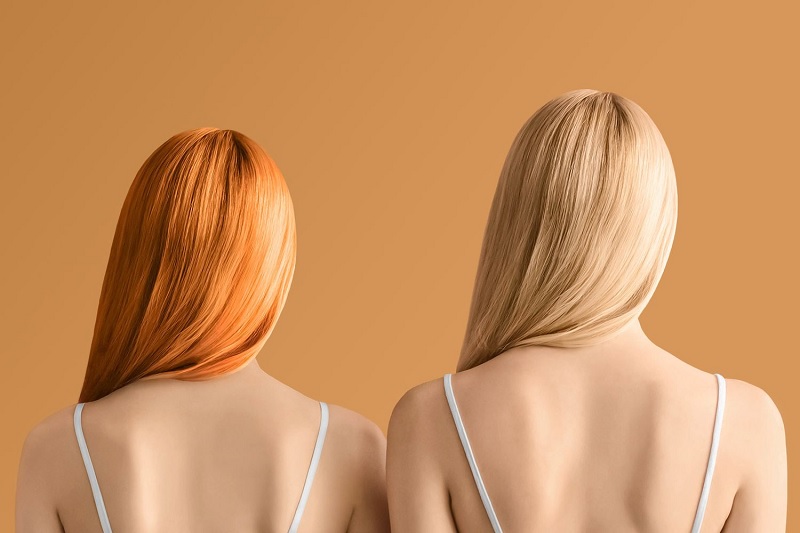
| Component | Semi-Permanent Hair Dye | Developer | Reaction when Mixed |
| Colorants | Direct Dyes | Extra Oxidizing Component | Unintended oxidation may be triggered when the developer mixes with direct dyes, which will lead to potential shade changes or damage. |
| Indirect Dyes (with Oxidizer) | |||
| Conditioning Agents | Quaternary ammonium compounds, silicones | Similar to dye | No significant additional reaction. |
| Other Ingredients | Thickeners, solvents, emulsifiers, pH adjusters, preservatives | Stabilizers | Potential incompatibility issues due to differing formulations lead to unpredictable results. |
| Main Function | Deposit color without lifting natural pigment | Open hair cuticle and lift natural pigment | Creates an unnecessary lifting process for semi-permanent dye, leading to uneven color deposit, faster fading, and hair damage. |
| Oxidizing Agent | None | Hydrogen peroxide (H₂O₂) | Introduces H₂O₂ to dye, even though not needed, which further damages hair and causes unpredictable color changes. |
Table: Components breakdown for semi-permanent hair dye, developer and the reaction when get mixed.
How Developer Affects Hair Dyeing
Developers’ components, after mixing with the dye, can surely show some adverse effects on your hair and underlying skin. Semi-permanent hair dye contains an appropriate chemical composition for adjusting the color of the hair surface.
However, the mixture can cause some consecutive damage. The affecting process is further broken down into three ways to make you understand how the developers react to the hair cuticle.
Cuticle Lifting
- Developers have hydrogen peroxide (H₂O₂), which acts as an oxidizer.
- These oxidizers break down bonds in the hair follicle and raise its layers from the dermis layer of your underlying skin.
- This allows color molecules from the dye to penetrate deeper into the hair shaft.
Color Deposit & Oxidation
- Color molecules in the dye enter the opened hair shaft.
- Some dyes react organically with the hair’s keratin layer to colorize it, whereas developers trigger extra oxidation that affects and damages the follicular cells.
- Oxidation alters the dye molecules and allows them to attach to the hair structure for a longer-lasting result. That’s how it gets more time to affect the hair.
Cuticle Closure
- After a specific time frame, the developer’s action is stopped by rinsing the hair.
- The hair cuticle partially closes and traps the color molecules inside.
- This closure is temporary, which allows some color molecules to fade faster over time. Meanwhile, the developer damaged the closure area.
Overall, using the developer with semi-permanent hair dye is a bad idea. Also, a higher volume of developers can risk increasing the porosity of hair and skin and depositing unhealthy color molecules.
Risks And Drawbacks Associated With Mixing
Mixing the dye and developer pull several drawbacks and risk factors. These associated risks need to be considered; otherwise, it may damage your hair health over time. Also, it will reduce the efficiency of hair dye.
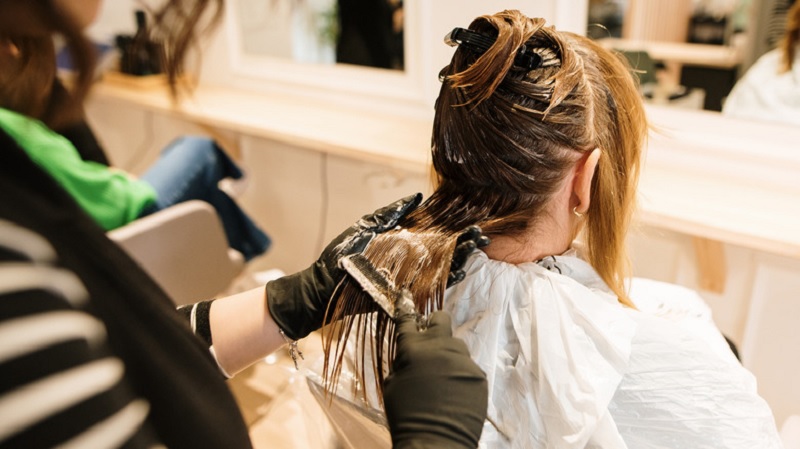
| Risk/Drawback | Explanation |
| Uneven Color Deposit | The developer will lift the hair cuticle more than necessary while mixing with semi-permanent dye. |
| The hair follicles will eventually become patchy, streaky, and inconsistent. | |
| Also, the color will become inconsistent over time. | |
| Faster Fading | Developers will eventually accelerate the oxidation process. |
| Thus, these chemicals will break down the color molecules of the hair dye. | |
| The semi-permanent dye will fade away significantly faster than intended. | |
| Hair Damage | Developers weaken the hair shaft, and it becomes more susceptible to breakage, dryness, and frizz. |
| Unpredictable Reactions | Mixing chemicals not designed to work together can lead to unpredictable and potentially harmful reactions. |
| These reactions may cause discoloration and brassiness. | |
| Also, it can trigger skin problems, including chemical burns. | |
| Increased Allergic Risk | Both dye and developer contain chemicals that can trigger allergic reactions. |
| Mixing these chemical components together can increase the concentration of these chemicals, potentially raising the risk of an adverse reaction. | |
| The combined mixture can be more irritating to the scalp, causing discomfort, redness, or even burns. | |
| Difficult Correction | Fixing the negative consequences of mixing dye and developer can be challenging and expensive. |
| Mixing doesn’t achieve any desirable outcomes and shows adverse effects in most cases. |
Table: Risks and drawbacks associated to mixing hair dye with developer
Alternative Approaches: Achieving Desired Results Without Mixing
There are several alternative options that can provide a safer and more natural outcome without mixing semi-permanent dyes and developers. The alternative approaches vary based on the applicant’s individual preferences.
Demi-Permanent Dyes
Demi-permanent dyes have low-volume developers that are designed and formulated to be used over the hair. These types of dyes are specifically designed for longer-lasting results, which aren’t possible to get with semi-permanent dyes. Also, it provides a safer alternative without the harshness of permanent options.
Demi-permanent dyes offer a vast range of vibrant shades which last longer than semi-permanent dyes. These dyes can last up to 4 to 6 weeks. Also, the best part is that these dyes will gradually start fading, which will help you get an idea for preparing for the repeated application.
Demi-permanent dyes will gently deposit color and slightly lift the cuticle. Overall, this type of dye will be ideal for subtle changes on previously colored hair.
Color-Depositing Conditioners
Color depositing conditioners help with holding the color over the hair. These conditioners will help to deposit temporarily while deeply conditioning hair. This conditioning will help your hair to get the proper nourishment. Thus, it creates a suitable environment for refreshing existing colors or trying subtle shades.
Color depositing conditioners offer a commitment-free way to experiment with color. But these conditioning effects won’t last for more than three weeks. However, it’s an ideal choice for maintaining vibrant tones or adding temporary highlights.
Henna and Natural Dyes
Henna dyes are one of the most natural plant-based options to choose for coloring your hair. For people who want to get a natural color without using any synthetic products, these henna dyes will be gifts for their hair and skin. These are the subtle solutions for people who are seeking a natural coloring process.
So, adding rich tones and enhancing hair health is the natural solution to this problem. Also, it will provide added benefits like shine and reduced frizz of hair.
But before using these natural dyes, patch testing is required due to potential allergic reactions. Though these dyes offer unique earthy tones and improve hair texture, the color range is limited, and results vary depending on hair type.
Essential Precautions And Considerations While Using Semi-Permanent Hair Dyes
While transforming your hair color, there are some subtle things that require your attention. While making this exciting journey, there are some common mistakes that most people make and suffer over time.

Before Applying Dye
Patch Test: A patch test is an allergic reaction test that helps you understand the quality of the product over your skin’s surface. Always conduct a patch test 48 hours before dyeing, which will make sure that any allergic reaction can bother you or not.
Hair Health: Consider your hair’s condition and make sure the hair is clean and healthy while using the dye. Damaged hair might not handle dye well and result in a dry and rougher follicle.
Product Choice: Don’t get entrapped by any local brands that don’t have a safety certification. Select reputable brands that can suit your hair type. Also, consider products that are free of harsh chemicals like ammonia, especially if they are prone to sensitivities.
During the Dyeing Process
Protect Skin and Clothing: Don’t forget to get proper covering over the face and wear gloves. It will help you to avoid extra color marks in unwanted places. Apply petroleum jelly around the hairline to prevent staining as well. Also, you can use an old towel to avoid discoloring your clothes.
Sectioning and Application: Divide hair into sections for even application and avoid over-processing near the scalp. If you are sensitive to hair dyes, then don’t use them over your hair, which will cause you pain and irritation.
After Dyeing
Gentle Cleansing: It’s better to use a color-safe shampoo and conditioner to maintain vibrancy. It will also help to prevent fading. Also, sulfur-free shampoos are recommended to use to keep a natural shine over hair.
Heat Styling Minimization: Minimize heat styling tools like straighteners and curlers, as they can damage dyed hair. The better alternative will be air drying whenever possible. Though it’s a time-consuming process, it’s a safer process for dyed hairs.
Regular Deep Conditioning: Don’t forget to pamper your hair with deep conditioning treatments to replenish moisture. Thus, you can maintain the hair’s health after completing the dyeing process.
People Also Asked
What Can I Mix With Semi Permanent Hair Dye?
There isn’t any alternate product that is safe and recommended to mix with semi-permanent hair dye. Adding developer or other substances will trigger the risk factors, including uneven color, fast fading, hair damage, and unpredictable reactions. It’s better to get safer alternatives such as demi-permanent dyes for longer-lasting color.
Can I Add Shampoo To Hair Dye?
Adding shampoo to hair dye isn’t recommended. While it might seem like a way to thin the dye, it risks getting uneven hair colors, fading the dye pigments, and damaging the ingredients that could help to fix the dye over the hair. Also, it can result in inconsistent patchy hair color and damage the underlying skin as well.
What Happens If You Put Semi-Permanent Dye On Dry Hair?
Applying semi-permanent dye to dry hair results in a more intense color deposit compared to damp hair. While this can be desirable, it also comes with potential downsides, such as unevenness and less efficient color vibrancy. Also, consider towel-dried hair, where the dye can be fixed easily and where cleaning the hair will be easier.
Conclusion
While the allure of mixing semi-permanent dye with a developer might be tempting, you mustn’t consider this option. Prioritize your hair’s health and beauty by choosing safe and effective alternative approaches, including natural dyes and demi-permanent dyes. Remember, healthy hair is beautiful, and coloring practices can ensure your desired hues with confidence. Remember, the journey to stunning hair doesn’t have to involve risky shortcuts. Choose wisely over the safe alternatives that can help you to stay healthy.

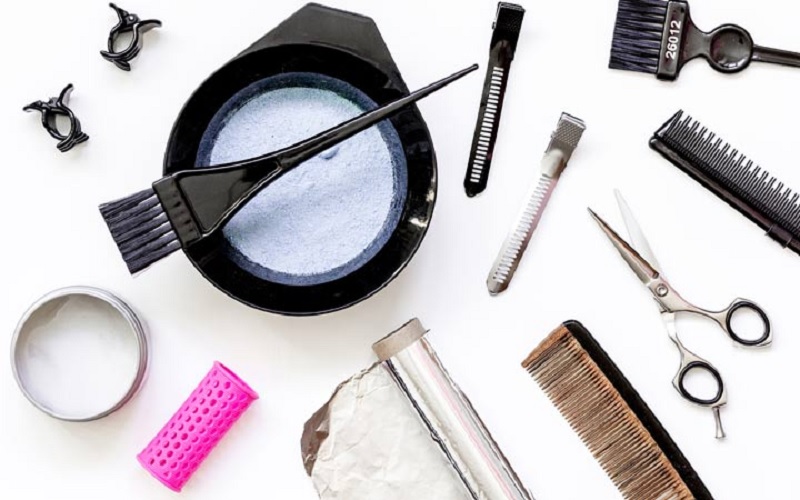
![Obagi vs. SkinCeuticals Vitamin C [Head to Head Comparison Between Them]](https://landamedspa.com/wp-content/uploads/2025/05/Obagi-vs.-SkinCeuticals-Vitamin-C-768x512.jpg)
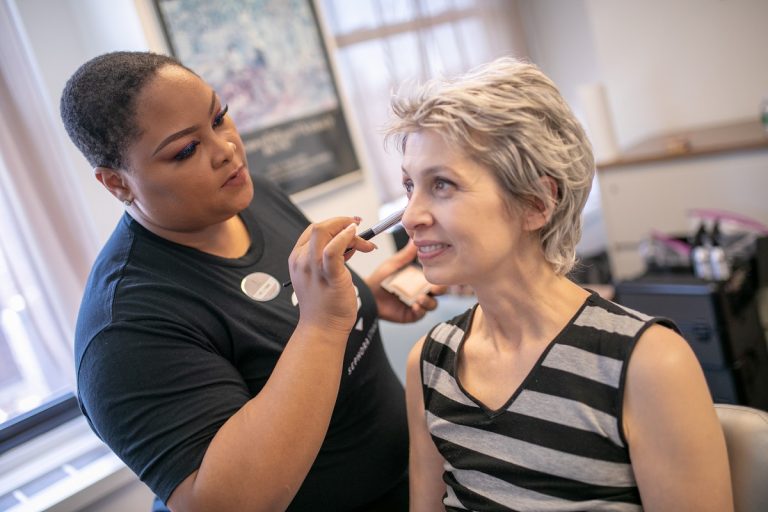

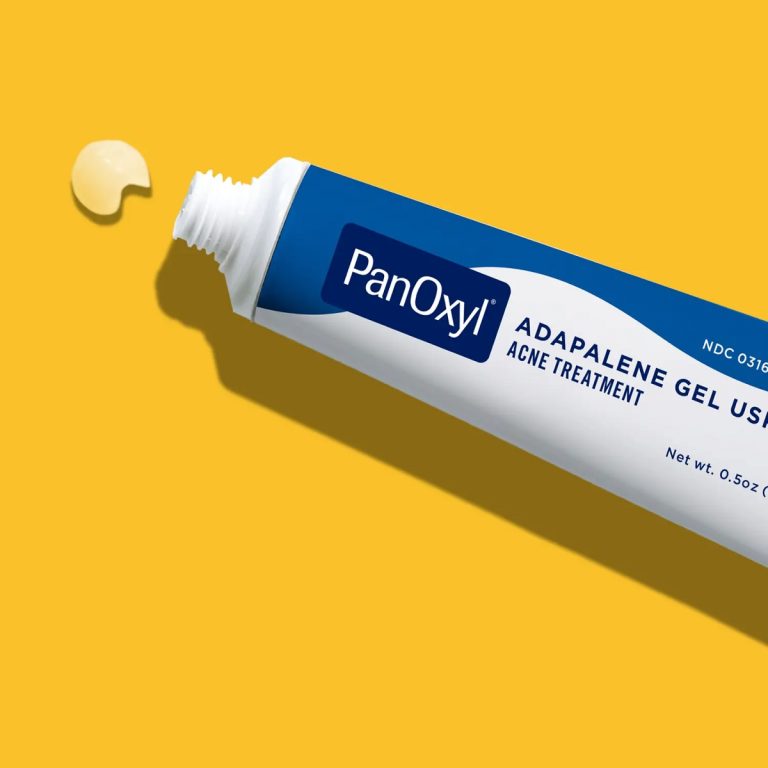
![Best Moisturizer For Locs [Top 5 Products Explined]](https://landamedspa.com/wp-content/uploads/2025/05/Best-Moisturizer-For-Locs-768x768.jpg)
